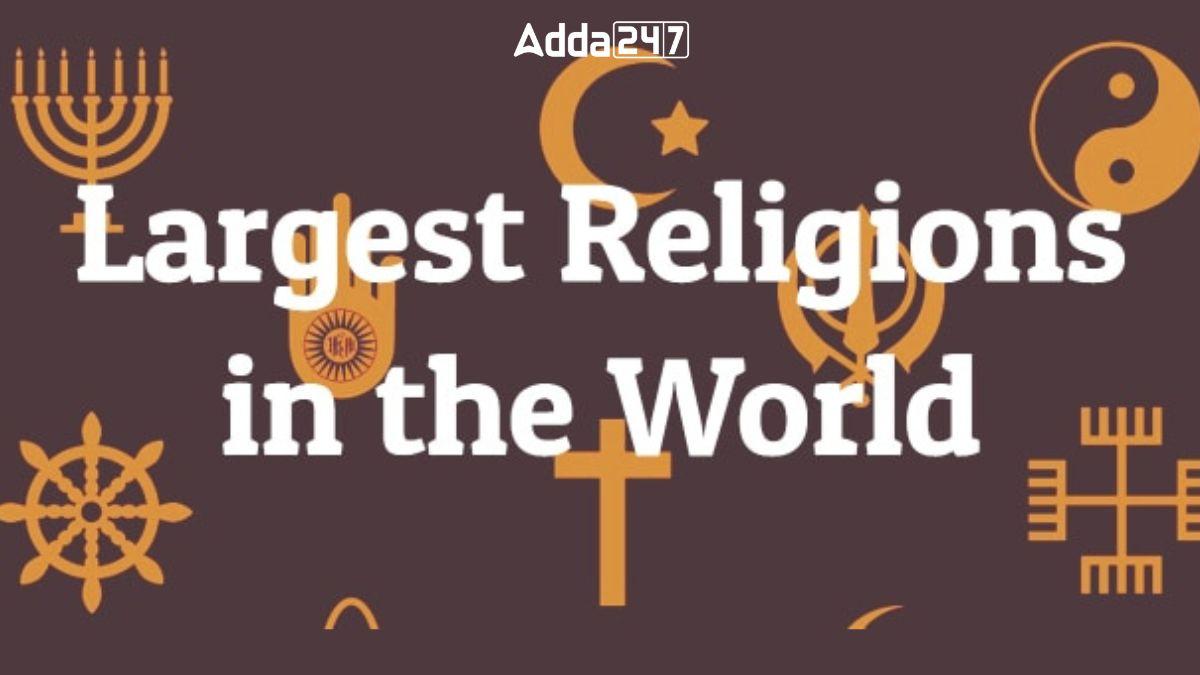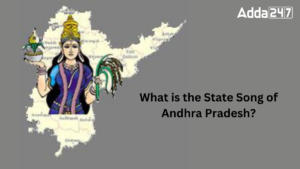Religion has played a significant role in shaping cultures, societies, and individuals throughout history. With a myriad of belief systems practiced worldwide, it’s intriguing to delve into the top 10 largest religions in the world that have garnered followers from diverse corners of the globe. These religions not only provide a framework for spirituality but also contribute to the rich tapestry of human civilization.
What is a Religion?
A religion is a system of beliefs, practices, and rituals centered around the worship of a higher power or powers. It often involves moral and ethical guidelines, sacred texts, and communal worship. Religions provide a framework for understanding existence, purpose, and the nature of the divine, shaping individuals’ worldviews and communities.
World’s Largest Religion
Christianity, embraced by over 2 billion followers, stands as the world’s largest religion, comprising more than 30% of the global population. Despite denominational variations among Protestants, Catholics, and Orthodox believers, the common thread is the veneration of Jesus of Nazareth, a central figure from the 1st century. Rooted in Abrahamic tradition, Christianity asserts monotheism, recognizing God’s triune nature through Jesus, the Holy Spirit, and God the Father. The religion has adapted to modern challenges, as evident in pandemic-era practices like masked Holy Masses and social distancing, showcasing its enduring relevance.
Facts Related to Biggest Religion in the World
Here are some of the facts related to the biggest religion in the world:
- Classification: Christianity falls under the Abrahamic tradition.
- Scripture: The Bible serves as the sacred text for Christians.
- Theology: Christianity is a monotheistic faith.
- Language: Biblical Hebrew and Koine Greek are integral to Christian scriptures.
- Territory: Christendom is the cultural realm associated with Christianity.
- Founder: Jesus is the central figure and founder of Christianity.
- Origin: Christianity emerged in the 1st century AD in Judaea, Roman Empire.
- Separation: It originated as a distinct entity from Second Temple Judaism.
- Number of followers: Approximately 2.4 billion individuals, referred to as Christians.
Top-10 Biggest Religions in the World
Christianity, with the 2.38 billion followers in total, holds the title of the biggest religion in the world, followed by Islam, Hinduism, Buddhism and Shinto.
Here is the list of top-10 biggest religions in the world:
| Largest Religions in the World | ||
| Rank | Religion | No. of Followers |
| 1. | Christianity | 2.38 billion |
| 2. | Islam | 1.90 billion |
| 3. | Hinduism | 1.16 billion |
| 4. | Buddhism | 506 million |
| 5. | Shinto | 104 million |
| 6. | Sikhism | 25 million |
| 7. | Judaism | 14 million |
| 8. | Taoism | 12 million |
| 9. | Confucianism | 6 million |
| 10. | Caodaism | 4.4 million |
World’s Biggest Religion – Christianity

No. of followers: 2.38 billion
With a massive following exceeding 2 billion believers, Christianity represents well over 30% of the world’s population. Despite notable distinctions among Protestants, Catholics, and Orthodox adherents, the common thread centers on the 1st-century figure, Jesus of Nazareth. Rooted in the Abrahamic tradition, Christians affirm their faith in a singular God, manifested in three identities: Jesus, the Holy Spirit, and God the Father. This expansive global faith is unified by its reverence for Jesus and the belief in the triune nature of the divine.
Second Largest Religion in the World – Islam

No. of followers: 1.90 billion
Emerging prominently in the late 6th century, Prophet Muhammad is revered by Muslims as the founder of Islam. With a global following of approximately 1.8 billion, the majority residing in northern Africa, west Asia, and Indonesia, Islam stands as the second-largest religion. The prophet aimed to restore what he perceived as corruption in the Abrahamic faiths, leaving an enduring legacy that continues to shape the beliefs and practices of millions around the world.
Third Biggest Religion in the World – Hinduism
No. of followers: 1.16 billion
Hinduism, boasting a substantial 1.1 billion followers, traces its origins to a complex amalgamation of diverse beliefs. Officially taking shape between 2300 B.C. and 1500 B.C., its roots lie in the Indus Valley near present-day Pakistan. Often recognized as the ‘religion with 33 million gods,’ Hinduism’s adherents, though, predominantly worship a single deity while acknowledging the existence of others. Core tenets like Karma, emphasizing the consequences of deeds, and Samsara, depicting the cyclical nature of life and reincarnation, underscore Hindu philosophy. Renowned for contributions in mathematics, astronomy, and yoga, Hinduism is a rich tapestry of ancient wisdom and spirituality.



 Who is the Inventor of the Gramophone?
Who is the Inventor of the Gramophone?
 What is the State Song of Andhra Pradesh...
What is the State Song of Andhra Pradesh...
 National Investigation Agency (NIA): Its...
National Investigation Agency (NIA): Its...
